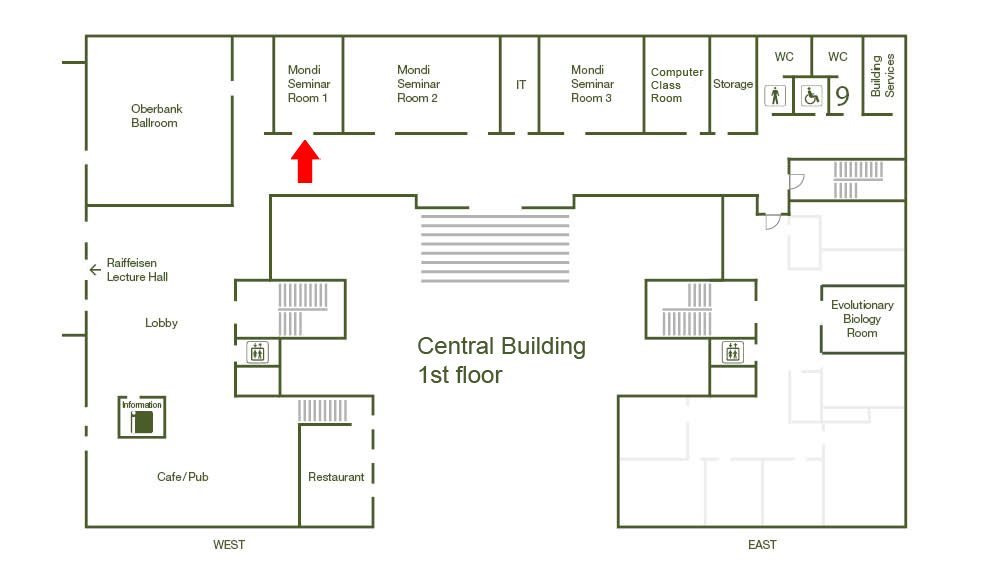Thesis Defense: Braiding Geometry and Topology to Study Shapes and Data

This thesis examines how geometry and topology intersect in the representation, transformation, and analysis of complex shapes.
It considers how continuous manifolds relate to their discrete analogues, how topological structures evolve in persistence vineyards, and how tools from topological data analysis can illuminate problems in mathematical physics.
Central to this exploration is the question of how structure, both geometric and topological, persists or changes under approximation, sampling, or deformation.
The work develops new approaches to skeletal and grid-based representations of surfaces, reveals the full expressive capacity of persistence vineyards, and applies topological methods to the longstanding problem of equilibria in electrostatic fields.
These threads braid together into a broader understanding of how topology and geometry inform one another across theory, computation, and application.